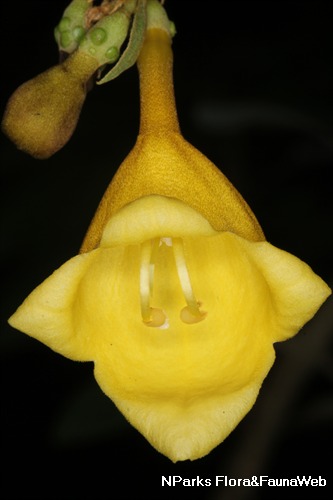_lowres.jpg)
Back
Gmelina philippensis Cham.
| Family Name: | Lamiaceae (Labiatae) |
| Synonyms: | Gmelina hystrix Schult. ex Kurz |
| Common Name: | Purple Bulang, Bulongan, Bulang, Pekan, Parrot's Beak, Bulangan, Bulangan Duri |
Name
Classifications and Characteristics
| Plant Division | Angiosperms (Flowering Seed Plants) (Dicotyledon) |
|---|---|
| Plant Growth Form | Shrub |
| Lifespan (in Singapore) | Perennial |
| Mode of Nutrition | Autotrophic |
| Plant Shape | Irregular |
Biogeography
| Native Distribution | India, Myanmar, Thailand, Peninsular Malaysia (Kelantan), Singapore, and the Philippines |
|---|---|
| Native Habitat | Terrestrial (Secondary Rainforest, Disturbed Area / Open Ground) |
| Preferred Climate Zone | Tropical |
| Local Conservation Status | Non-native (Spontaneous (Casual)) |
Description and Ethnobotany
| Growth Form | It is a thorny, climbing shrub, shrub or climber. |
|---|---|
| Foliage | Its opposite, stalked leaves have thinly leathery blades that are egg-shaped to elliptic to drop-shaped, green above, pale green below, and 5–8 by 3 cm. |
| Flowers | The flowers are yellow, 5–8 cm long, and arranged in hanging cones with pointed red bracts. |
| Fruit | Its drupe (fruit) is yellow, drop-shaped, and 3 cm long. |
| Habitat | It grows in open habitats, gaps, margins, thickets, and secondary forests. |
| Associated Fauna | Its flowers are insect-pollinated. |
| Cultivation | It can be propagated by seed. |
| Etymology | Gmelina, commemorating Johann G. Gmelin (1709-1755), German naturalist and traveller in Siberia, professor of botany at Tübingen University; Latin philippensis, from the Philippines, referring to one locality in the natural distribution of the species |
| Ethnobotanical Uses | Medicinal: Its fruit is mixed with lime to treat cough. The juice of its fruit is applied to eczema of the feet. The juice of its roots is used as a purgative and in treating fatigue. The extract of its roots is used internally as a stimulant, resolvent, and in treating diseases of the joints and nerves. |
Landscaping Features
| Landscaping | It is suitable for growing in parks and gardens for its ornamental bright yellow flowers. |
|---|---|
| Desirable Plant Features | Ornamental Flowers, Ornamental Foliage |
| Landscape Uses | Parks & Gardens |
| Usage Hazard - Cons | Spines/Thorns - Stem/Branch |
Fauna, Pollination and Dispersal
| Pollination Method(s) | Biotic (Fauna) |
|---|---|
| Seed or Spore Dispersal | Biotic (Fauna) |
Plant Care and Propagation
| Light Preference | Semi-Shade, Full Sun |
|---|---|
| Water Preference | Little Water, Moderate Water |
| Plant Growth Rate | Fast to Moderate |
| Rootzone Tolerance | Moist Soils, Well-Drained Soils, Fertile Loamy Soils |
| Propagation Method | Seed |
Foliar
| Foliage Retention | Evergreen |
|---|---|
| Mature Foliage Colour(s) | Green |
| Mature Foliage Texture(s) | Leathery, Thin |
| Foliar Type | Simple / Unifoliate |
| Foliar Arrangement Along Stem | Opposite |
| Foliar Attachment to Stem | Petiolate |
| Foliar Shape(s) | Non-Palm Foliage (Ovate, Obovate, Elliptical) |
| Foliar Venation | Pinnate / Net |
| Foliar Margin | Entire |
| Leaf Area Index (LAI) for Green Plot Ratio | 4.5 (Shrub & Groundcover - Dicot) |
Floral (Angiosperm)
| Flower & Plant Sexuality | Bisexual Flowers |
| Flower Colour(s) | Yellow / Golden |
|---|---|
| Flower Grouping | Cluster / Inflorescence |
| Flower Location | Terminal |
| Flower Symmetry | Bilateral |
Fruit, Seed and Spore
| Mature Fruit Colour(s) | Yellow / Golden |
|---|---|
| Fruit Classification | Simple Fruit |
| Fruit Type | Fleshy Fruit , Non-Accessory Fruit |
Image Repository
Others
| Master ID | 741 |
|---|---|
| Species ID | 2036 |
| Flora Disclaimer | The information in this website has been compiled from reliable sources, such as reference works on medicinal plants. It is not a substitute for medical advice or treatment and NParks does not purport to provide any medical advice. Readers should always consult his/her physician before using or consuming a plant for medicinal purposes. |

_lowres.jpg)
_lowres.jpg)
_lowres.jpg)
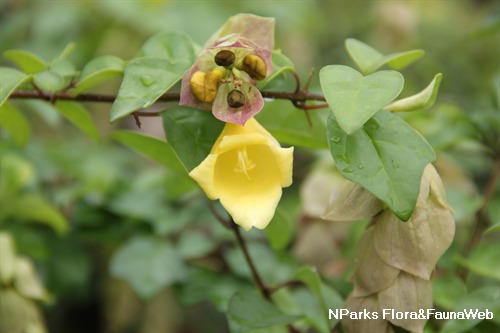
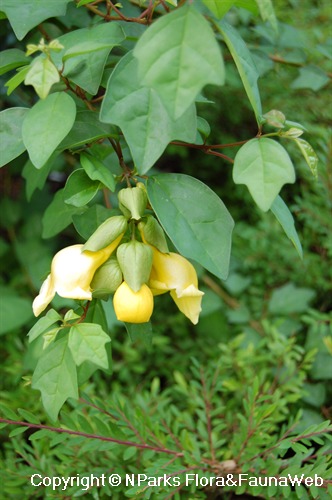
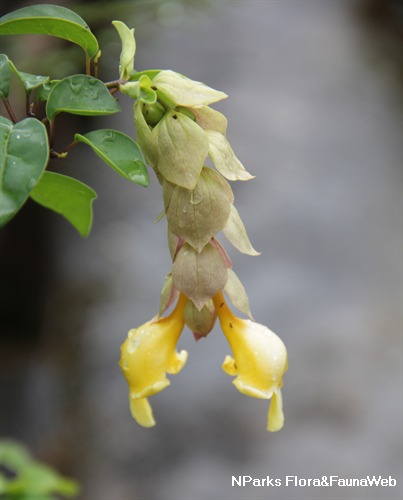
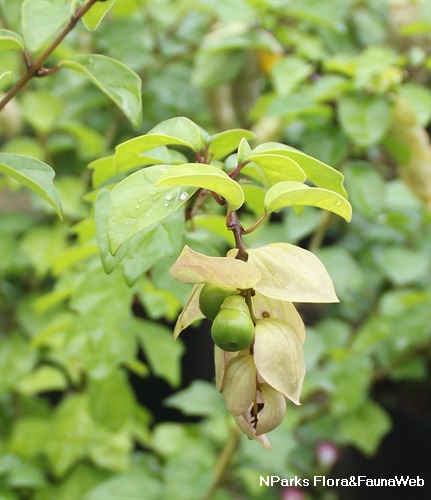
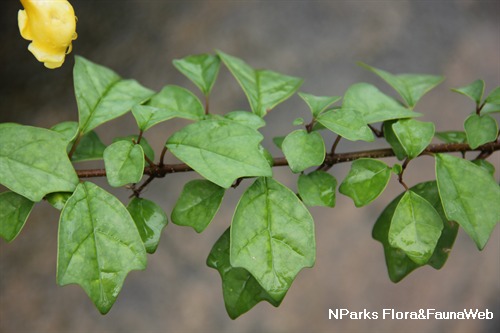
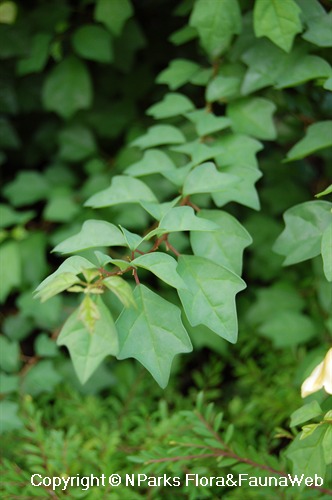
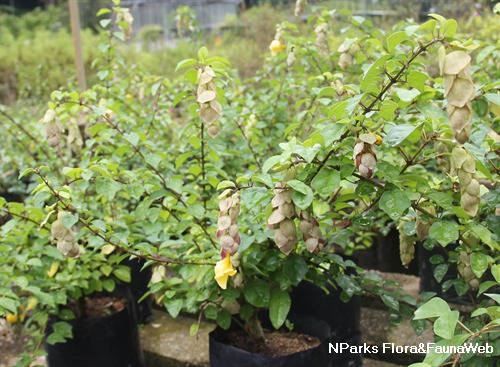

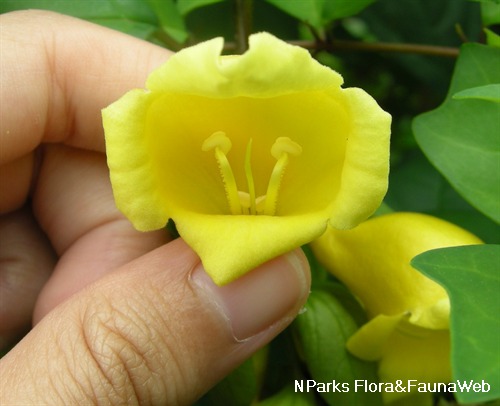
_lowres.jpg)
_lowres.jpg)
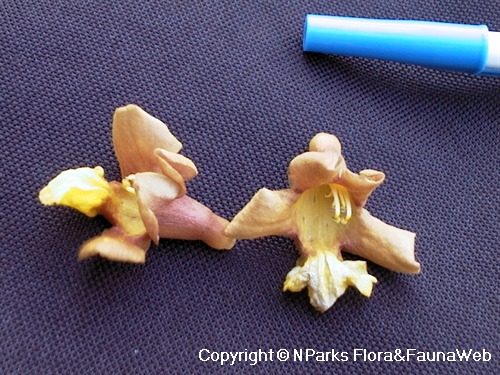
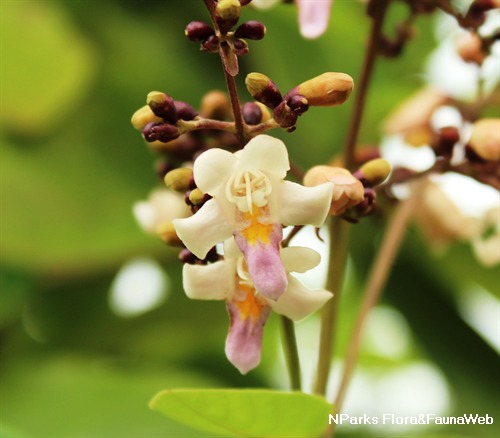
_lowres.jpg)
